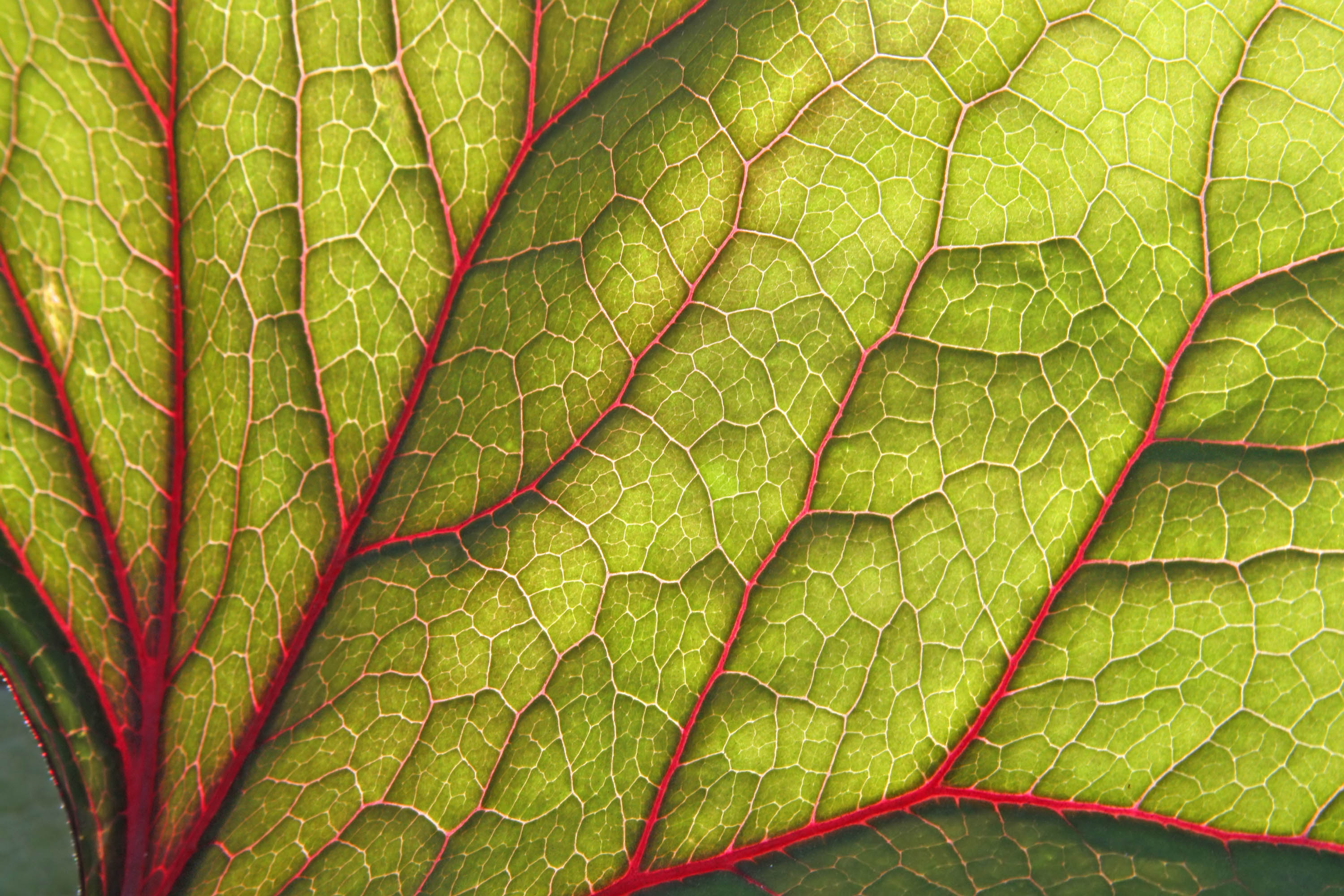You’ve had enough of the same old annuals? Want to give a fresh and original look to your garden this summer? Natural Reserve Selection plants are for you! The main goal of the Natural Reserve Selection program is to introduce various plant species from across the globe to local gardeners. Among the earth’s estimated 300,000 plant species can be found true marvels of nature, many of which can be easily grown in our gardens. During the summer 2013, several plant species have been tested at the Montreal Botanical Garden, the Roger-Van den Hende Botanical Garden in Quebec City and the Daniel A. Séguin Garden in Saint-Hyacinthe. Among these, some have proved to be very performant and highly original. These plants have a great potential for ornamental horticulture and landscaping. Here is the description of these exceptional plants!
Cigar Plant (Cuphea ignea)
How wonderful is that plant! In addition to being so pretty, the Cigar Plant is very robust. No matter where you plant it, in a sunny flowerbed or in container in a shady spot, Cigar Plant always gives an excellent performance. You can forget to water it for two weeks, it will recover easily and will continue to bloom abundantly! Even the most dummiest gardeners can successfully grow this plant! From May to November, the Cigar Plant bears many small orange tubular flowers. This generous bloom delights hummingbirds who love to drink the nectar it produces. This plant has a height of 60 cm.
The Cigar Plant can be grown in container or in the ground, in full sun or shade. With as little as 3 hours of sunlight per day, it gives quite good results. Although it has a preference for a light and well-drained substrate, it also adapts to various types of soils, including clay. During our tests, this plant has survived a temperature of -7 º C, but according to some sources it could withstand -15 º C. However, it is not possible to consider this plant native to Central America as a perennial in Eastern Canada.

Ballon Plant (Gomphocarpus physocarpus, syn. Physocarpa asclepias)
A native of Africa, the Ballon Plant is a close relative of the Common Milkweed (Asclepias syriaca) growing naturally in North American fields. The white and purple flowers of the Ballon Plant are small but, however, it is difficult not to marvel at their intricate beauty. In addition, they open for a very long period of time during which many butterflies and pollinating insects visit them to collect their delicious nectar. This plant is sometimes the host of the Monarch larvae that eats its elongated leaves recalling that of a willow. However, the most spectacular feature of this plant is certainly his very original fruits, often arousing astonishment and laughter among those who observe it. Of all the plants on trial last summer, the Ballon Plant is certainly the one that most fascinated visitors. Its greenish-yellow fruits, sometimes marked with purple, are spherical and covered with bristly hairs (see the introduction photo). Once mature, its fruits open and seeds are dispersed by the wind thanks to a small tuft of silky hairs attached to their ends.
In its natural habitat, the Ballon Plant has a rich ecology. Pollinated by several species of insects, this plant also provides food for the larvae of the African Monarch (Danaus chrysippus), a black and orange butterfly living in Africa and Southern Europe very similar to the famous North American Monarch (Danaus plexippus). The African Monarch caterpillar feeds almost exclusively on Ballon Plant and some other species of African Milkweeds for a few weeks before turning into a butterfly. Alkaloids in this plant make the caterpillar and the butterfly toxic, protecting them from predators.
The Ballon Plant is easy to grow. Undemanding and drought tolerant, this plant reaching 1,20 m is perfectly at ease in a poor and well-drained soil located in full sun, but it has a better development when grown in a rich and cool substrate. Treated as an annual, the Balloon Plant is a tropical shrub that survives to a temperature as low as -12 ° C.

Artillery Plant (Pilea microphylla)
The Artillery Plant is a cute tropical that has a very dense and bushy foliage. Its tiny leaves are very similar to those of some ferns. Low and compact, this plant is ideal to showcase some large plants such as banana trees, palms or colocasias.
The Artillery Plant is very undemanding and grows quickly, no matter the conditions, to nearly 60 cm in diameter. It prefers light, cool and well-drained soils, but it will give better results if care is taken to provide compost. Resilient, the artllery Plant can easily survive a short period of drought.

Spear Head (Senecio kleiniiformis)
The Spear Head is an amazing succulent plant that bears a quite unique greyish blue foliage. Cylindrical at the base and ending in a triangular point, the leaves of this plant have a caracteristic shape reminiscent of a spearhead. From July to October, this plant also produces small yellow flowers borne on erect stems, reaching 45 cm high, well above the foliage. It seems that this species is native to South Africa, but there are doubts about its real origin as some botanists mention that Spear Head has not yet been located in the wild.
Very easy to grow, Spear Head can be planted in the ground - in a sandy soil or in clay – in containers, on rooftops and even on walls! Very drought tolerant, this plant can survive several weeks without water. Moreover, as this succulent plant is capable of surviving a temperature of - 5 ° C, it remains attractive until Halloween, often beyond this period. Once the season is over, it is possible to bring the Spear Head in your house where it will easily tolerate the intense heat and drought. One watering per month will be necessary during winter.

If you want to know where to buy the Natural Reserve Selection plants, click on selectionreservenaturelle.com/en






